As the digital landscape continues to evolve, we bid farewell to older internet technologies. Google, a company known for its forward-looking approach, is discontinuing Gmail’s Basic HTML view early next year.
The news surfaced on YCombinator and was further elaborated in a TenFourFox Development article dated September 19. Starting in January 2024, Gmail will exclusively load in Standard view on both desktop and mobile web platforms, regardless of your browser choice or previous settings.
Gmail’s Basic HTML mode, cherished for its simplicity and speed when compared to its feature-rich counterparts, is getting phased out. This stripped-down version of Gmail, which provided a streamlined and faster experience, is already causing difficulties for users trying to access it, even before its official deprecation.
For the uninitiated, Basic HTML view offers a simplified Gmail interface, designed to be lightning-fast and highly accessible, particularly for users with slower internet connections, older devices, or browsers like TenFourFox. While it covers essential email functions such as sending, receiving, and organizing emails, it lacks many of the bells and whistles found in the full-fledged Gmail experience.
The primary concern lies in accessibility. Users who rely on screen readers, operate on sluggish connections, or use dated devices have found Basic HTML to be a more user-friendly option. With its impending retirement, questions arise about whether Gmail’s standard interface will meet the stringent accessibility standards some users require and how it will impact those with older or limited systems.
Beyond the immediate user experience and accessibility considerations, the demise of Basic HTML view raises broader questions. Some argue that tech companies should optimize web applications for speed and efficiency, leveraging advancements in computing power to deliver faster-loading apps and websites. On the other hand, the TenFourFox Development article suggests that Google might be intentionally phasing out users who do not fully engage with its suite of products and services, as they are less likely to be monetized.
While debates continue regarding Gmail’s user options and control, some believe Google’s decision is strategic. By maintaining and updating fewer versions of the platform, the company can focus on delivering a more unified experience. While the hope remains that third-party developers might step in to create alternatives for Basic HTML mode, the outcome remains uncertain.





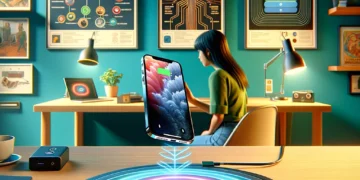




![Apple Watch SE (2nd Gen) [GPS 40mm] Smartwatch with Starlight Aluminum Case with Starlight Sport Band S/M. Fitness & Sleep Tracker, Crash Detection, Heart Rate Monitor](https://www.tech-bit.com/wp-content/uploads/2024/06/applewatchse2ndgengps40mmsmartwatchwithstarlightaluminumcase-360x180.jpg)


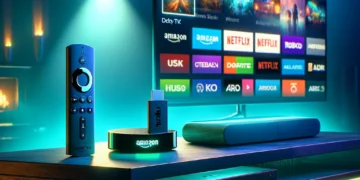


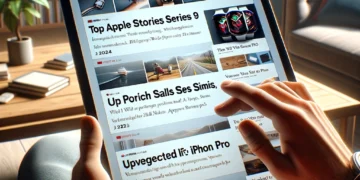
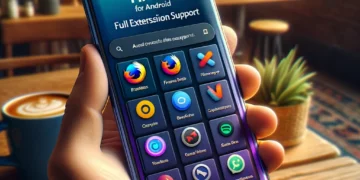

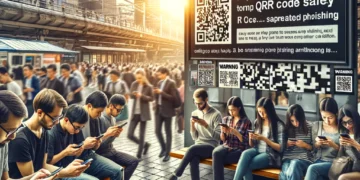
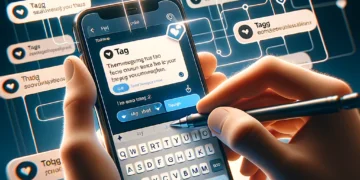


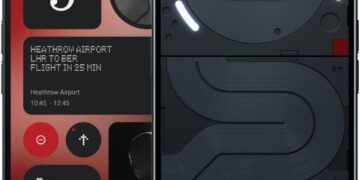



![Apple Watch Series 9 [GPS 45mm] Smartwatch with Midnight Aluminum Case with Midnight Sport Band S/M. Fitness Tracker, ECG Apps, Always-On Retina Display, Water Resistant](https://www.tech-bit.com/wp-content/uploads/2024/06/applewatchseries9gps45mmsmartwatchwithmidnightaluminumcasewith-360x180.jpg)



![Apple Watch Ultra 2 [GPS + Cellular 49mm] Smartwatch, Sport Watch with Rugged Black Titanium Case with Black Ocean Band. Fitness Tracker, Precision GPS, Action Button, Extra-Long Battery Life](https://www.tech-bit.com/wp-content/uploads/2024/10/applewatchultra2gpscellular49mmsmartwatchsportwatchwithrugged-360x180.jpg)
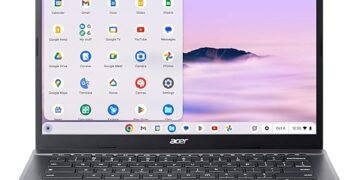


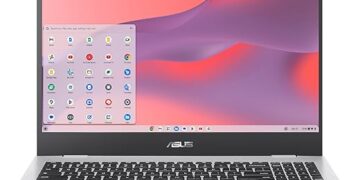




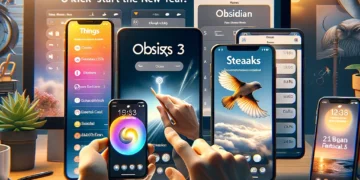
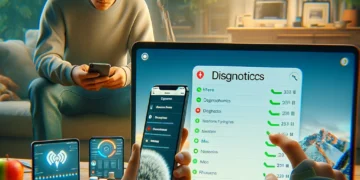


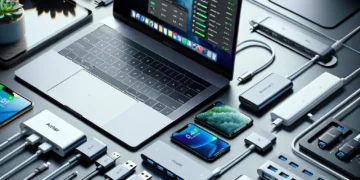
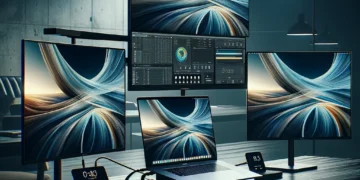


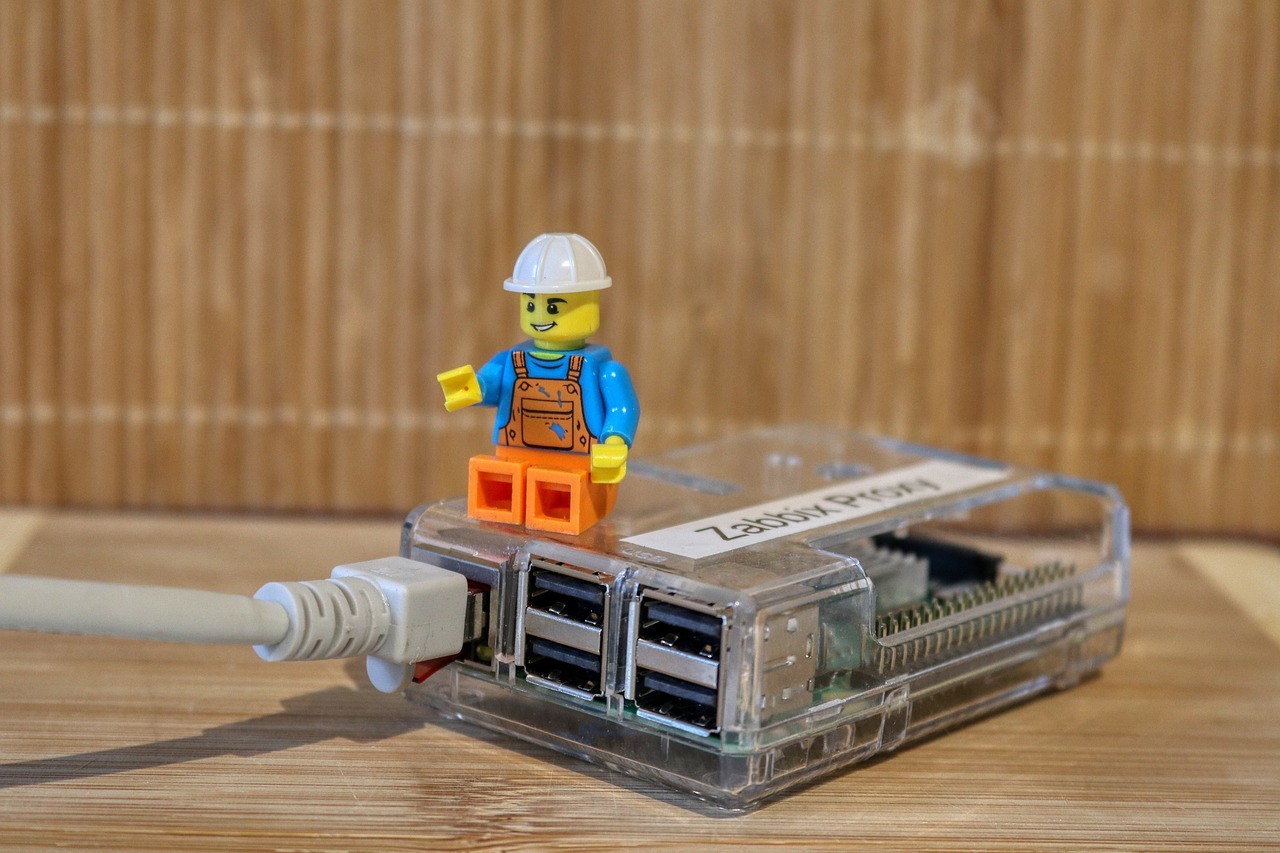







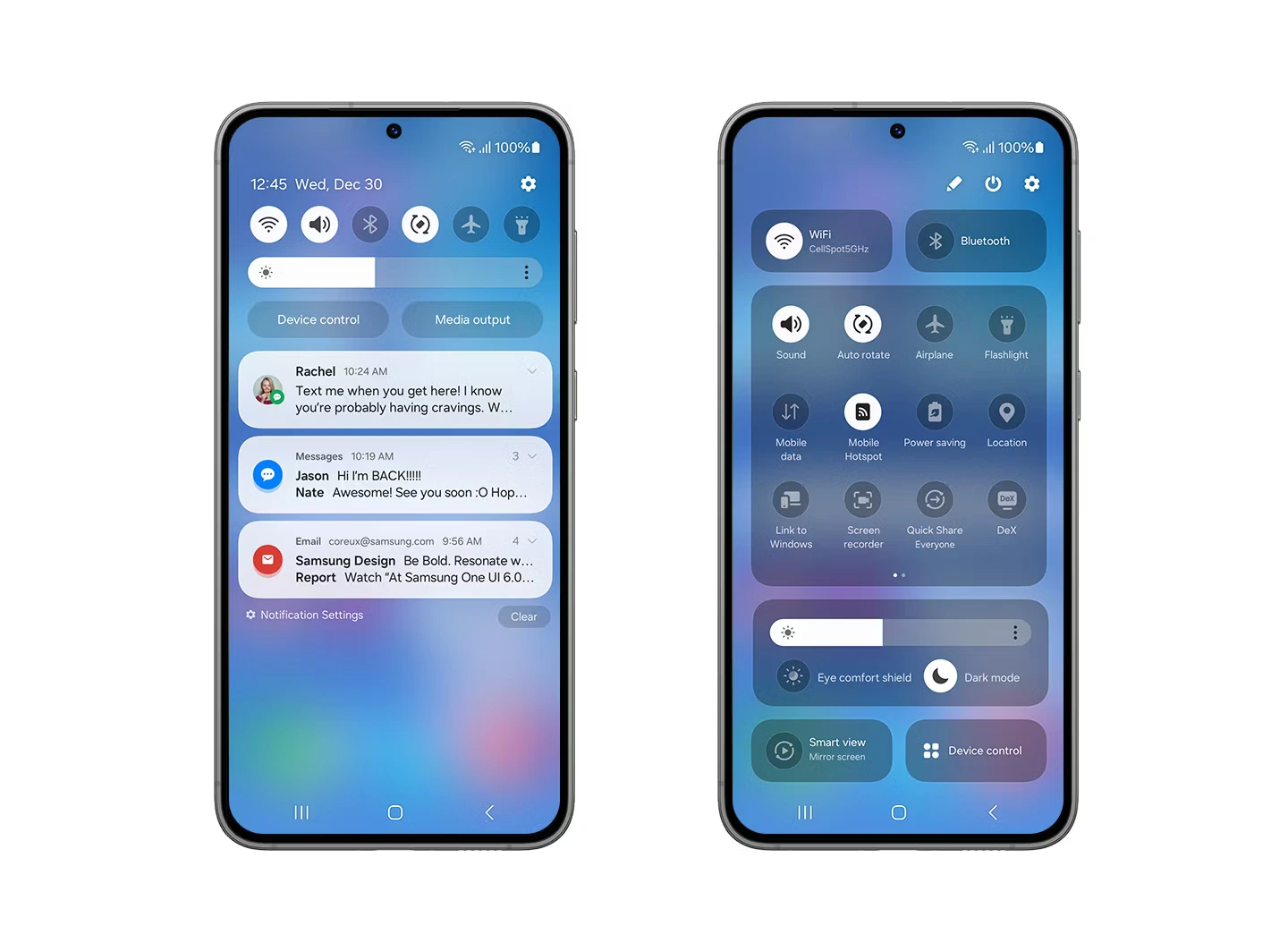
![SAMSUNG Galaxy Buds Pro 2 [2022] (SM-R510) - (Gray)](https://www.tech-bit.com/wp-content/uploads/2023/10/samsung-galaxy-buds-pro-2-2022-sm-r510-gray-120x86.jpg)






